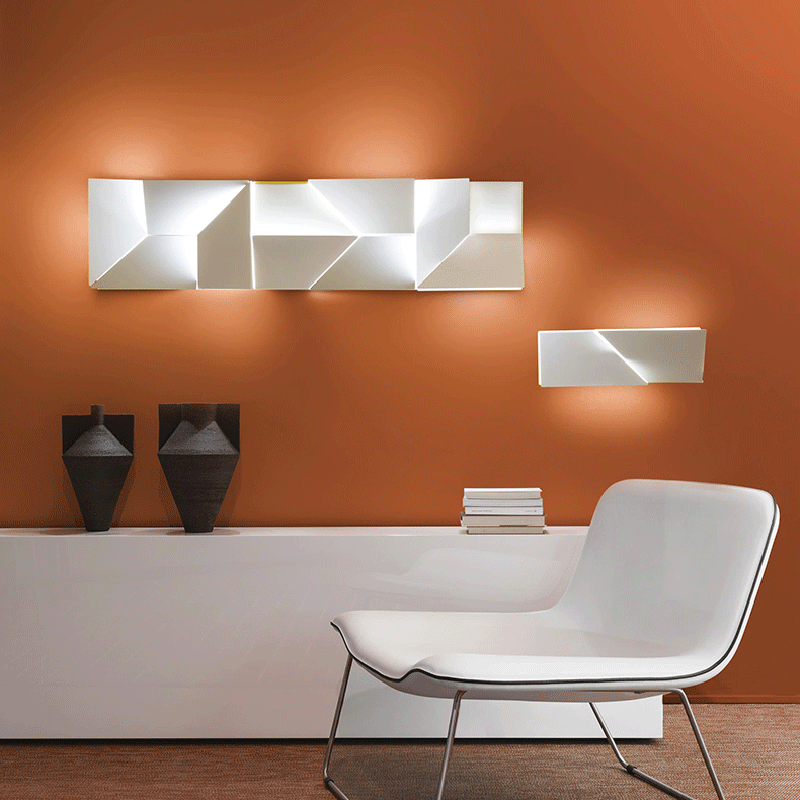Modern Shadow Box Art
Description:
Material: Iron + Acrylic
Color temperature: warm light (3000K), cold light (6000K), natural light (4000), stepless dimming
size:
L15*W9*H45cm
L30*W9*H45cm
L30*W9*H120cm
L60*W9*H60cm
L76*W9*H88cm
L75*W9*H110cm
L90*W9*H120cm
Voltage: 90-260V
Light source life: 50000 hours
Modern Shadow Box Art

Modern Shadow Box Art: A Fusion of Depth and Imagination
In the ever-evolving world of art, the shadow box has emerged as a distinctive and captivating form of expression, seamlessly blending traditional craftsmanship with contemporary sensibilities. Modern shadow box art transcends the confines of two-dimensional canvases, offering viewers a multidimensional experience that engages the senses and sparks the imagination. This unique art form employs depth, layering, and the interplay of light and shadow to create visually stunning and emotionally resonant compositions.
A shadow box, at its core, is a three-dimensional frame, typically with a glass front, that encloses a composition or scene. It provides an innovative means of storytelling and artistic expression by using various elements, such as miniature sculptures, found objects, memorabilia, and lighting, to convey a narrative, evoke emotions, or simply captivate the observer’s gaze.
The origins of shadow box art can be traced back to traditional dioramas, which were popular in the 19th century as a form of entertainment and education. These early dioramas often showcased miniature landscapes, historical scenes, and natural history exhibits. Over time, artists have adapted and expanded this concept, transforming it into a dynamic and contemporary art form.
Modern shadow box art is marked by its versatility and capacity to engage diverse themes, from the personal and intimate to the universal and profound. Artists use shadow boxes to explore a wide range of subjects, including memories, relationships, social commentary, and abstract concepts. Each piece becomes a miniature world, inviting viewers to step into the artist’s imagination.
Depth and dimension are at the heart of shadow box art. Artists carefully arrange their chosen elements within the box, considering the placement of each object to create a sense of depth and perspective.
This layering technique, coupled with the use of shadow and light, allows for a dynamic interplay between the elements, adding a unique visual appeal. The resulting artwork often blurs the lines between reality and fiction, drawing the viewer into a new realm where imagination knows no bounds.
One of the defining features of modern shadow box art is the fusion of the tactile and the visual. Artists select materials and objects that engage multiple senses, enhancing the viewer’s experience.
By incorporating elements like textured fabrics, natural materials, and found objects, the artist adds a tangible quality to the artwork. The tactile aspects of these shadow boxes can evoke nostalgia, empathy, or even surprise, as viewers are encouraged to touch and explore the composition within the frame.
The use of lighting in shadow box art is a crucial aspect of its modern evolution. Artists often employ innovative lighting techniques, such as LED strips, to create a captivating interplay of light and shadow within the box.
This manipulation of light not only enhances the overall aesthetic but also influences the mood and atmosphere of the piece. The play of light and shadow adds depth, drama, and a dynamic quality to the composition, making it come alive.
Shadow box art is not limited by any particular medium or material, allowing artists to experiment and push the boundaries of creativity. Some artists focus on capturing everyday moments or personal stories by using photographs, miniature figurines, and sentimental objects. Others delve into more abstract and conceptual realms, exploring themes like identity, time, and societal issues through carefully curated elements.
Furthermore, shadow box art often invites viewers to participate in the storytelling process. The depth and complexity of these compositions encourage onlookers to engage their own imaginations, pondering the narratives and emotions conveyed within the frame.
This active participation distinguishes shadow box art from more passive forms of visual art, creating a deeper connection between the observer and the artwork.
In the age of digital media, where two-dimensional screens dominate our visual experiences, modern shadow box art offers a refreshing break from the flatness of traditional art. It captivates the viewer by pulling them into a world of depth, texture, and storytelling. This tangible and immersive quality is a testament to the enduring power of physical art forms in our increasingly digital world.
Modern shadow box art is a remarkable fusion of tradition and innovation. It takes the concept of the diorama and elevates it to a contemporary art form that engages the senses, sparks the imagination, and blurs the boundaries between reality and art.
With its depth, dimension, tactile elements, and the interplay of light and shadow, shadow box art invites viewers to embark on a journey of exploration, contemplation, and emotional connection, making it a vibrant and evolving medium in the world of contemporary art.



























